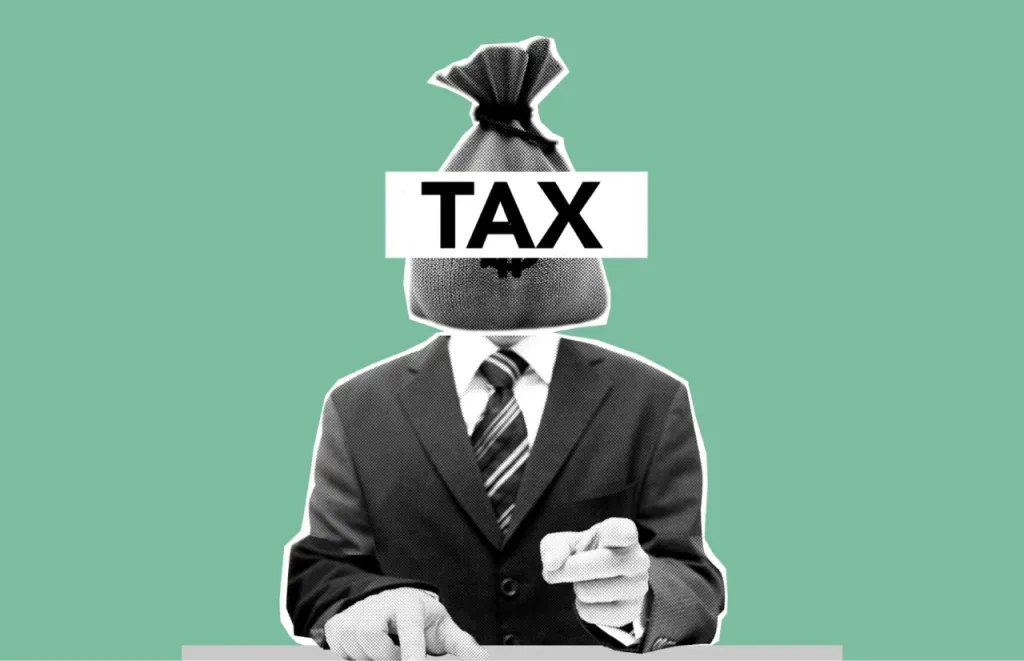Old Tax Regime Vs New Tax Regime

The 2023 Budget has brought about considerable uncertainty among taxpayers when it comes to deciding between the old and new tax regime. In an effort to promote the adoption of the new regime, the government has introduced several incentives. These changes indicate the government’s aim to gradually replace the old regime with the new one, although the old regime will still remain in existence. Now, let’s examine both tax regimes.
The Highlights
- The 2023 Budget has introduced incentives to motivate taxpayers to transition towards a low tax rate regime with minimal tax exemptions.
- The old and new tax regimes have undergone revisions in their tax slabs and rates, as shown below:
| Old Tax Regime | |
| Total Income (Rs) | Rate |
| Up to 2,50,000 | Nil |
| From 2,50,001 to 5,00,000 | 5% |
| From 5,00,001 to 10,00,000 | 20% |
| Above 10,00,000 | 30% |
New Tax Regime
| New Tax Regime | |
| Total Income (Rs) | Rate |
| Up to 3,00,000 | Nil |
| From 3,00,001 to 6,00,000 | 5% |
| From 6,00,001 to 9,00,000 | 10% |
| From 9,00,000 to 12,00,000 | 15% |
| From 12,00,001 to 15,00,000 | 20% |
| Above 15,00,000 | 30% |
- A health and education cess of 4% will be added to the income tax liability in all cases.
- Surcharge rates will be applicable based on the following tax brackets in all mentioned categories:
– 10% of income tax if total income > Rs. 50 Lakh
– 15% of income tax if total income > Rs. 1 crore
– 25% of income tax if total income > Rs. 2 crore
– 37% of income tax if total income > Rs. 5 crore
- The new tax regime has reduced the maximum surcharge rate from 37% to 25%.
- Individuals and Hindu Undivided Families (HUFs) have the option to choose the new tax regime, which offers lower tax rates, but they must refrain from claiming specific exemptions and deductions. These typically include benefits such as Leave Travel Allowance (LTA), House Rent Allowance (HRA), housing loan interest, and deductions under Section 80C for investments in schemes like Public Provident Fund (PPF) and Life Insurance Premium (LIP).
- Under the new tax regime, salaried individuals can avail a standard deduction of Rs. 50,000, and a deduction of up to Rs. 15,000 is proposed for family pensioners.
- In the new regime, resident individuals with taxable income up to Rs. 7,00,000 will receive a tax rebate of Rs. 25,000 or the amount of tax payable, whichever is lower. This means that such individuals will have no tax liability in the new tax regime.
Also read: Mutual fund gains taxation in India

Tax Regimes – A Quick Comparison
Let us look at a few cases to compare the impact under both the old and new regime, with respect to an individual taxpayer in FY 23-24
Old Tax Regime
| Particulars | Scenario 1 | Scenario 2 | Scenario 3 |
| Gross Total Income | 1,500,000 | 7,500,000 | 60,000,000 |
| Deductions | |||
| U/Sec: 80C – PPF, LIP, etc. | 150,000 | 150,000 | 150,000 |
| U/Sec: 80D – Mediclaim | 25,000 | 50,000 | 75,000 |
| U/Sec:24(b) – Interest on housing loan | 200,000 | 200,000 | 200,000 |
| Total Income | 1,125,000 | 7,100,000 | 59,575,000 |
| Tax calculation | |||
| 0 to 2.5 Lakhs | – | – | – |
| 2.5 to 5 Lakhs @5% | 12,500 | 12,500 | 12,500 |
| 5 to 10 Lakhs @20% | 100,000 | 100,000 | 100,000 |
| > 10 Lakhs @30% | 37,500 | 1,830,000 | 17,572,500 |
| Tax on total income | 1,50,000 | 1,942,500 | 17,685,000 |
| Add – Surcharge as applicable | – | 194,250 | 6,543,450 |
| Add – Cess @4% | 6000 | 85,470 | 969,138 |
| Total Tax Outgo | 156,000 | 2,222,220 | 25,197,588 |
New Tax Regime
| Particulars | Scenario 1 | Scenario 2 | Scenario 3 |
| Gross Total Income | 1,500,000 | 7,500,000 | 60,000,000 |
| Tax calculation | |||
| 0 to 3 Lakhs | – | – | – |
| 3 to 6 Lakhs @5% | 15,000 | 15,000 | 15,000 |
| 6 to 9 Lakhs @10% | 30,000 | 30,000 | 30,000 |
| 9 to 12 Lakhs @15% | 45,000 | 45,000 | 45,000 |
| 12 to 15 Lakhs @20% | 60,000 | 60,000 | 60,000 |
| > 15 Lakhs @30% | – | 1,800,000 | 17,550,000 |
| Tax on Total Income | 150,000 | 1,950,000 | 17,700,000 |
| Add – Surcharge as applicable | – | 195,000 | 4.425,000 |
| Add – Cess @4% | 6000 | 85,800 | 885,000 |
| Total Tax Outgo | 156,000 | 2,230,800 | 23,010,00 |
| Tax saving vis a vis the old regime | – | (8,580) | 2,187,588 |
*Tax Benefits are subject to amendments in tax laws from time to time. The numbers depicted are for illustrative purposes only.
The Bottomline
The benefits of the new tax compared to the old tax can differ depending on an individual’s income level and investments. Individuals without business income can choose the new tax regime every fiscal year when filing their tax returns. However, for individuals with business income, switching from the old tax to the new is allowed only once.
In summary, both the old and new tax regimes have their own pros and cons. The old system offers numerous exemptions and deductions, while the new system aims to streamline the process and make it simpler.
Also read: Smart methods to utlize tax refund
Follow us on Instagram.









